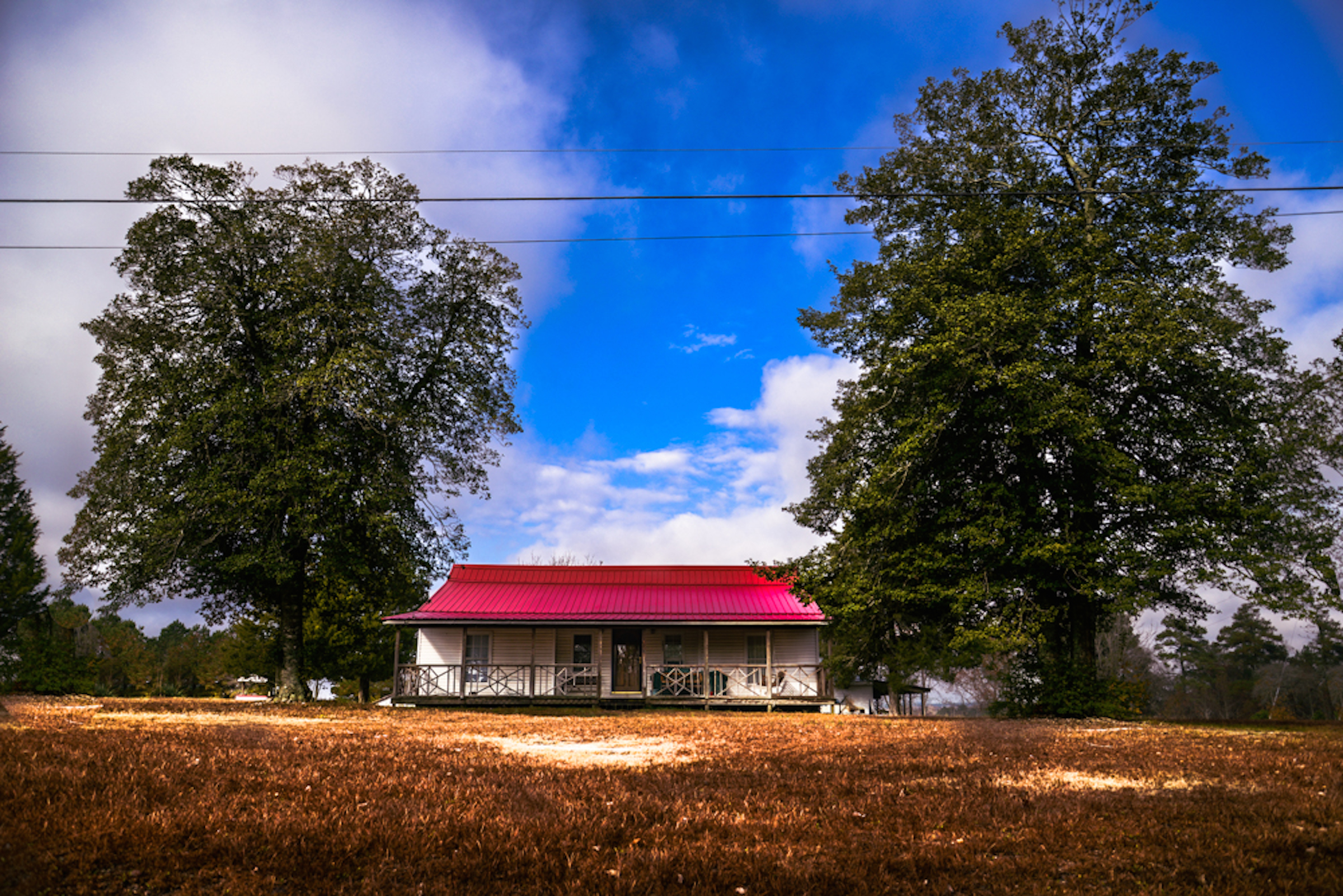By THE EDITORS

There are certain formations where a beginning is both a beginning and an end. In beginning A Gathering Together, we would like to end the insistence that art must occupy the ephemeral space of the digital imagination. A space that ends as soon as it begins. Our beginning creates a space that exists to encourage and facilitate return.
What is the meaning of return? And what is the nature of a thing that requires return? It is the eternal—that which always is. Art should possess this eternal quality, or else it is something that only exists for a moment. Perhaps a good thing. But our times require more. There is a need to be whole, while clarifying that the terms of return are not a futile attempt to relive bygone origins. Our origins are always inscribed in our present. Rather, following Édouard Glissant, the return that we require is also a return to our “point of entanglement”—where we might find out why we lost the things we lost. What might be gained through recovery, through return, through the eternal, is a greater knowledge of the present.
Black thought is more than a commentary about oppression. This is no abdication of the responsibility to question the racialized orders that continue to exist and continue to cause us to constantly think about liberation. But liberation, it would seem, requires us to think beyond those orders themselves, for oppressive structures rely on conceptual orders too. Race is both lived experience and how the question of the human was settled, and thus how society was imagined. And clearly there were those who were excluded from that imagining.
Today’s discursive energy revolves around a politics of resentment, that while well-meaning and well-earned, only works to reposition the center around which this general antagonism is articulated, rather than an a more direct engagement with different ways of being. Clyde Taylor’s injunction that we do more reverberates in this moment: “The rhetoric of resentment sometimes includes the simplistic reversal of the law of the authorities, or worse, the mere exchange of identities between oppressor and oppressed, without any reduction in the universe of abuse.”[1] For us resistance, and art that resists, like Chinua Achebe, “decanters crystal knowledge by reframing it, not only as merely a finite stance among others but also as mischievous, minor, and peripheral to another vision where different values are honored.”[2] Flipping the script is not only unsatisfying, it is a dangerous substitution of the work of re-visioning.
How we access those visions where different values are honored requires an honest return to a place and a space where we can see, hear, utter. Where there is a rhythm. Where there is a feeling. We know it is there because it is in us—yet we are seeking to more emphatically bring out what we already possess. And when we see it in the faces, the words, the essence of others we know that who we are is and will be again. It is in the art.
When we witness art that resettles our visions, that returns us, we know that we will not only survive, but also flourish. It is Julie Dash’s Nana Peazant imploring us to stop and reflect on who it is we are. It is Toni Morrison’s unsettling of normative order with visions of possibility. It is Langston Hughes’s river calling us to know. It is Ngūgī wa Thiong’o’s Gīkūyū writings reminding us what is left. And it is the spirit that threads all of these.
It is Lois Mailou Jones and Jeff Donaldson. And Thelonious Monk. It is Mari Evans and Marvin Gaye. And Aimé Césaire. It is all of us. It is return.
A Gathering Together is about the struggle to say something meaningful (eternal, a conversation with the ancestors and those who come after) in a public culture that encourages and awards meaninglessness (the ephemeral, the temporal moment, the forgotten right now). It is a convening that moves beyond other gatherings in order to move into communities where these concerns are grounded. Here you will find creative work that expresses the deep meaning embedded in the cultural field of Blackness, a field that constitutes a vision of humanity, “after Man,” as Sylvia Wynter phrased it. You will find a space to discuss texts, those companions that make sense of both the known world and the world beyond our knowledge. You will encounter images that possess the spirit of diversion and that usher us away.
At the core of our work is the notion that we desire a space to center down and reflect about ourselves, our ways. So we begin again, to end the misery of the present by returning to ourselves, our solace, our refuge, our ground.
This is the inauguration. May the gathering begin. And let it be an end.
